Beautiful indoor flowers have long become an integral attribute in apartments and houses. Plants well complement the interior, create an atmosphere of comfort, saturate the air with oxygen. Due to the huge variety of varieties, everyone can choose the most suitable option for him - curly, cacti, ferns. But there are winter flowers that would please with their bright buds even in the cold season.
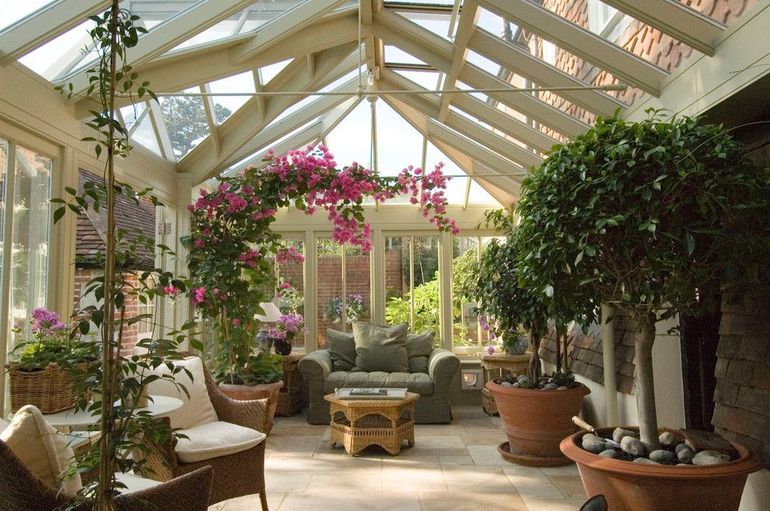
Content
Poinsettia - Christmas Beauty
This winter flower is extremely popular among gardeners. Beautiful buds bloom for Christmas. Decorative top leaves can be painted in bright yellow, red, white or orange. Poinsettia is considered a thermophilic plant, which is extremely sensitive to the slightest hypothermia. Sudden temperature changes are dangerous for a flower. Subcooling and sharp contact with warm air leads to leaf fall. If the flower is acquired in winter, then it becomes ill immediately after transportation.
The owner of such a plant must protect it from freezing (to move the pot you need to carefully wrap a thick layer of paper). Poinsettia can be settled in a warm place with sufficient illumination, the air should be moderately humid.
Charming tropical orchid
This flower is able to give real beauty and grace to its buds all year round. But the ovary peak is observed from November to March. Depending on the form of growth orchids can belong to two groups:
- monopodial;
- sympodial.
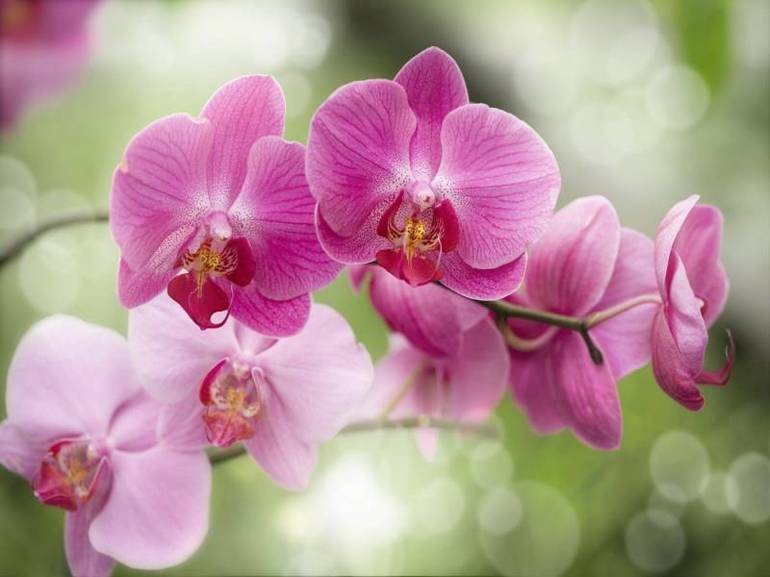
The first species retains its apical bundle throughout its life, due to which the orchid does not have any growth restrictions. Among monopodial flowers there are various species (for example: phalaenopsis has a rosette shape, but vanilla is lianoid). Leaves are almost always collected in a rosette at the very top of the stem, as it grows most slowly. Shoots and inflorescences are tied in the axils of the leaves from the side buds.
It should be noted that in a sympodial orchid, the stem grows faster, but when a certain size is reached, the topmost bud turns into an original inflorescence or dies. In the future, this shoot will no longer be able to grow, since at its base a new sprout will begin to form. During this, not only lateral, but also apical inflorescences are formed, which originate from the buds at the base of the shoot. That is why all the stems of the sympodial orchid have a slight thickening and are turned into the so-called bulbs (stem tubers).
With the onset of the growing season, the growth of the aerial parts of each variety occurs according to an individual principle. Sympoidal species are rapidly developing, while forming more and more side shoots. In monopodial varieties, the stem is lengthened, and new leaves are laid at the very top. When the growing season is over, orchids plunge into a dormant state. During this period of time, all tissues of young shoots and leaves become stiff and dense.
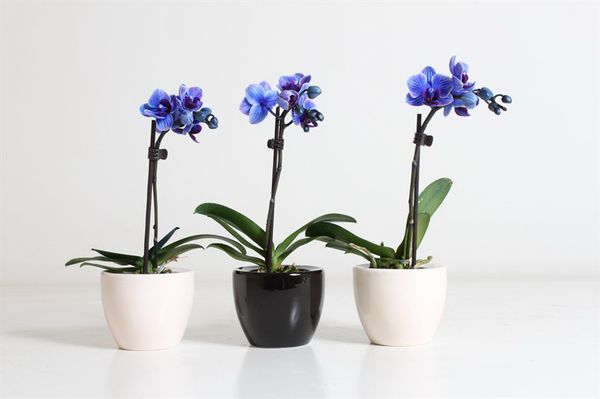 You may be interested in:
You may be interested in:Unpretentious indoor azalea
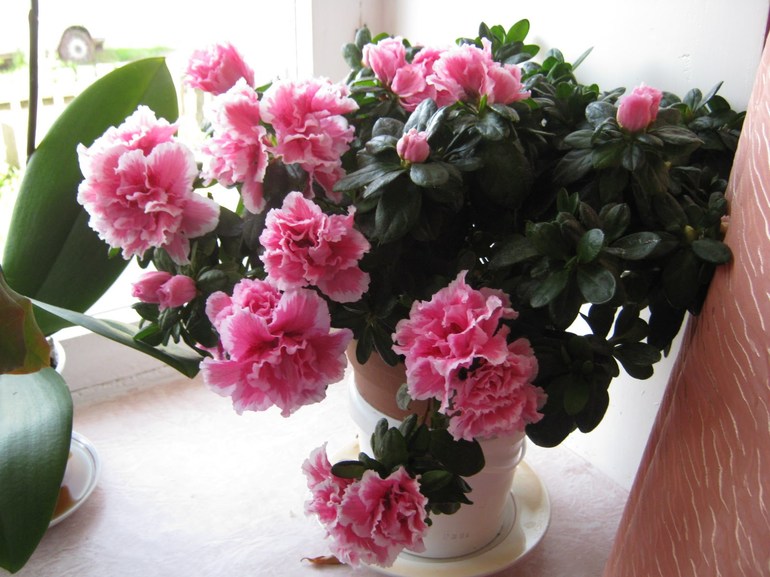
In order for such winter plants to bloom well, they must be located in the cool part of the room. The soil must be constantly moistened. It should be extremely careful not to accidentally overheat, overdry or fill the plant, as it can drop leaves and cease to bloom. All dried buds must be removed in a timely manner. When the period of active flowering is over, the shoots can be shortened a little, thereby maintaining a good habit. From the beginning of April to August, the plant must be fertilized with special compounds.
Unusual Kalanchoe of Blossfeld
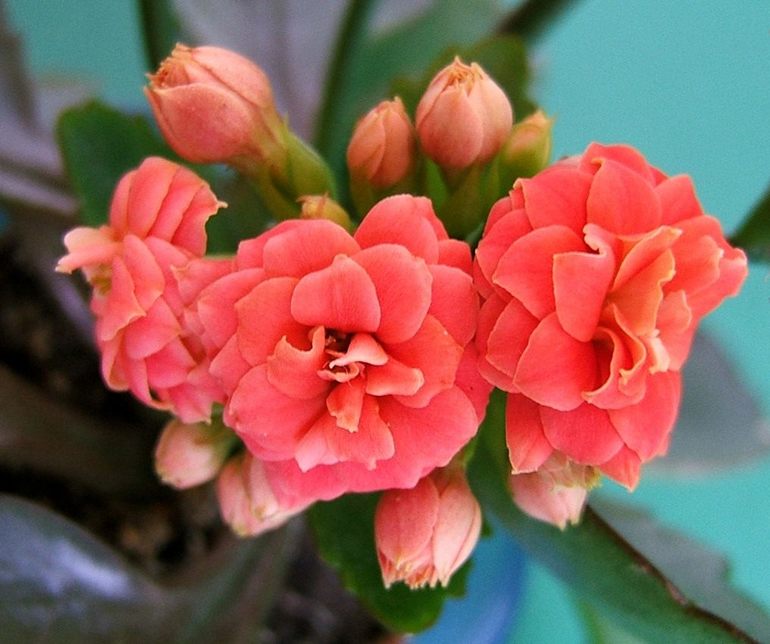
The main task when growing such a flower - correctly place it relative to the main sources of lighting. It is thanks to this that the plant will produce inflorescences more often. If everything is done correctly, then Kalanchoe will bloom from late autumn until summer. The flower feels great on the windowsill, as it tolerates direct sunlight. The daylight hours should be within four hours.
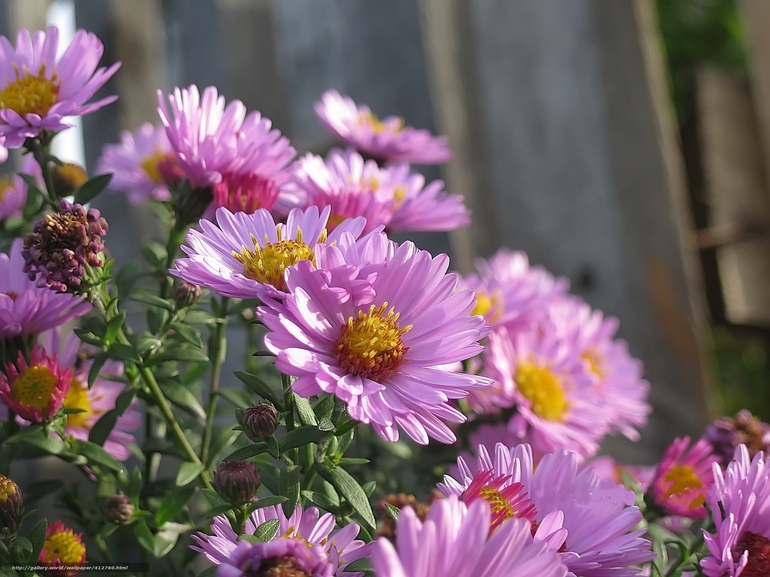 You may be interested in:
You may be interested in:Experts recommend placing a pot of Kalanchoe on the southeast side, so that after lunch a shadow forms that this plant really likes. The original flower pot can be hung from the south-western side, where a slight twilight reigns for the first half of the day. It is a short daylight that allows you to achieve abundant flowering.
Tender Saintpaulia
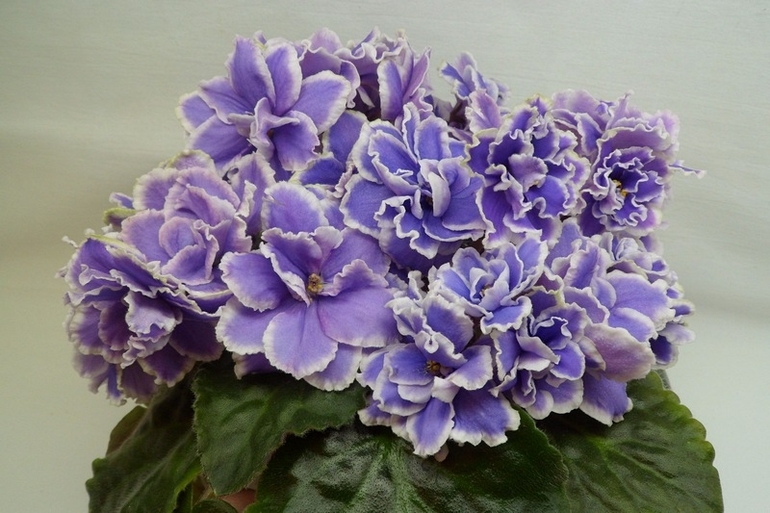
Some varieties of indoor plants can bloom wildly throughout the winter, but subject to proper care. Saintpaulia needs moderate watering and adequate lighting. It is important to ensure that the soil always remains slightly moist, but not wet. If the flower receives too much water, its leaves will be sluggish and dull, which can cause the decay process to begin.
Basic rule - it is forbidden to water the violet if the soil has not yet dried out to the end. In cold and damp soil, the roots quickly deteriorate, which is why the plant dies in a few days. If the situation is not running, then you can try to re-root the flower. Saintpaulia needs to be protected from the cold, if the pot is on the north window, it is necessary to put heat-insulating material under the vessel.
Fertilizers should be careful: if the plant is kept without illumination, it is necessary to reduce the frequency and concentration of nutrients. Most often, one feeding a month is enough. Use specialized preparations that contain a minimum of nitrogen.Fertilizers from Dutch manufacturers give excellent results. Violets do not grow well in large containers, pots with a diameter of 10 cm are considered an ideal option. Experienced florists use soil from peat with vermiculite and perlite for planting.
Charming Hippeastrum
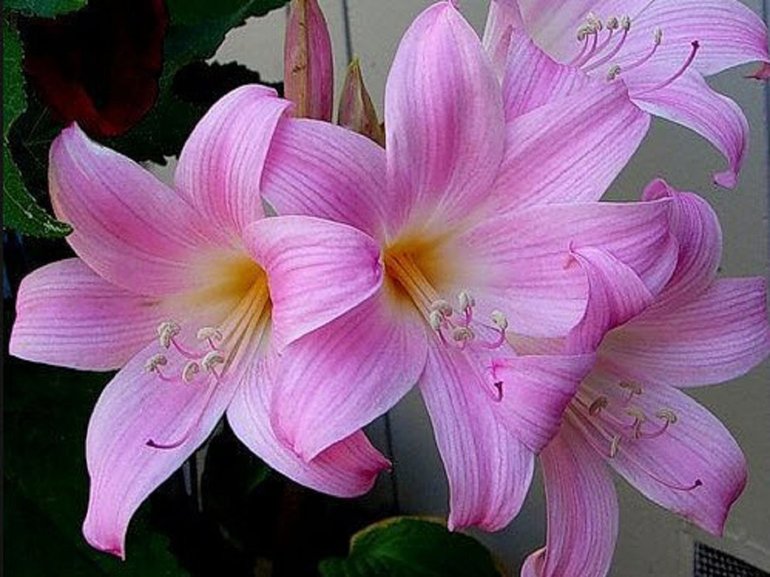
This variety of flower belongs to the category of decorative. The flowering period falls on the cold season (mainly at Christmas). At the initial stage, the bulb releases a stem with flowers, and only then petals appear. Blooming buds look very attractive and unusual.
In modern interiors, winter flowers are increasingly used, the names of which are striking in their diversity. Depending on the variety, they can have a different shape and shade. Good growth of hippeastrum is observed in a sunny and warm place. In order for the bulbs to form new flowers, direct sunlight should fall on their tops. During planting, the tubers should rise slightly above the soil.
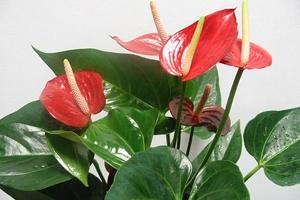 You may be interested in:
You may be interested in:Care Rules
In order for a plant to please its freshness and beauty, you need to know the basic rules of care. In cold weather, flowers are most vulnerable to adverse factors. That is why experienced florists have developed a whole list of agrotechnical methods for caring for indoor plants.
Watering and replanting
With the advent of cold weather, the usual regime of soil moisture undergoes serious changes. If the room is constantly hot, the soil will dry out much faster, which is why the flower will need to be watered more often. When the pot is located on a cold windowsill, the soil can remain moist for quite some time. The main thing is to carefully inspect the condition of the earth before watering, so as not to provoke decay of the root system.
If the flower has no signs of active growth, then it is better to refuse feeding in the winter. Non-digestible mineral salts of the plant will salt the soil, making it unsuitable for the formation of a normal root system. When the flower grows throughout the year, fertilizer should be applied, but in a lower concentration. If the plant is just acquired, it has already formed stress, which is why any drugs will simply be inappropriate.
Reproduction and disease
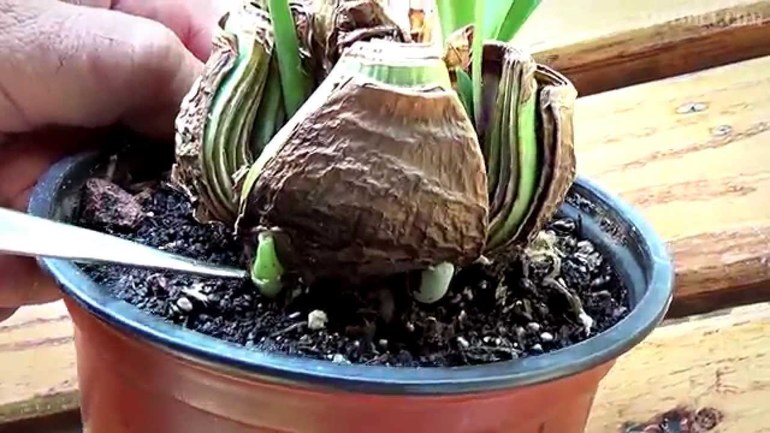
In addition to emergency situations, it is better to refuse reproduction before the onset of spring. Pruning and pinching are considered contraindicated for all plants. Such manipulations are best tolerated by flowers in March and April.
In winter, indoor plants may show rot of bacterial or fungal origin. For the latter, lowering the temperature is considered a favorable process. Due to this, pathogenic microflora will rapidly develop, which increases the risk of root decay. This problem is often found in cacti and succulents, as well as in euphorbiaceae and gorena varieties. As prevention, experts recommend moderate watering. Succulents moisten the soil only every 2-3 weeks. Lithops and cacti do not water in the winter.
Pests. Already in the fall, there is a rapid activation of various insects that feel good in a room with dry air. Worms and ticks are especially dangerous. The most effective drugs are Neoron and Aktara. In the cold season, flower pests become noticeable even to an inexperienced person, since the plants practically stop growing, and insects continue to multiply.
Artificial lighting. The best option is when the flower pot is located at a distance of 20 cm from the fluorescent lamp.Conventional products that work on the principle of incandescent, will simply not be enough. For growing cacti and succulents, artificial lighting does not matter. But for tropical herbaceous plants, this method of care is considered mandatory.
Winter garden on the street
Such flower beds are often called flowerbeds of beautifully dying plants. After transition to the dormant stage, many garden crops are able to surprise with unusual “dry” compositions. They are universal and multifaceted, because each season has its own surprises. Such plants have a discreet, but inimitable beauty.
Planting decorative or coniferous shrubs on winter flower beds allows you to create unusual "skeletal" accents in the design of the site. But the focus is always attracted by herbaceous perennials. Depending on what characteristics of the plant come to the fore, All representatives of winter flower beds are divided into several categories:
- Flowers with bright and spectacular seed boxes, dry inflorescences.
- Extraordinary plants with evergreen foliage, which is especially beautiful in winter.
- Crops with unusual straight shoots that add lush textuality to flower beds.
- Plants that are hung with bright berries or fruits.
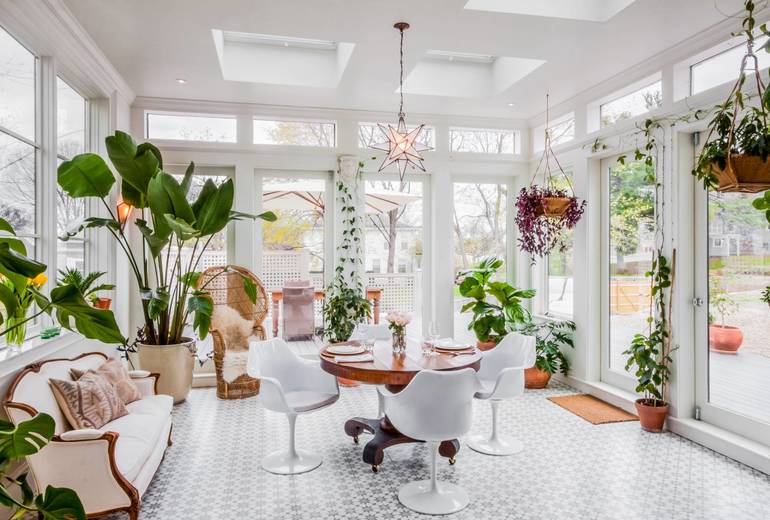
Depending on personal preferences, you can choose plants with different colors and textures. But the favorites are always decorative cereals.
Winter plants and flowers for the home: photo gallery
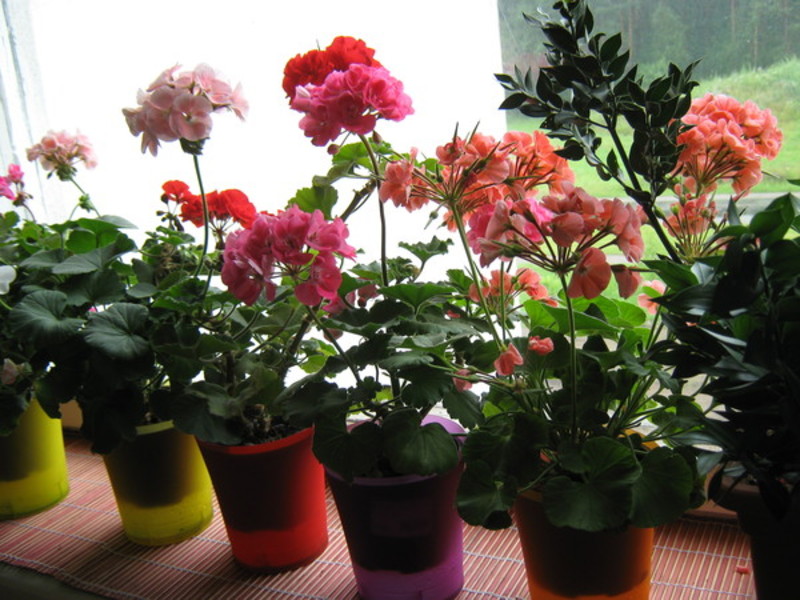
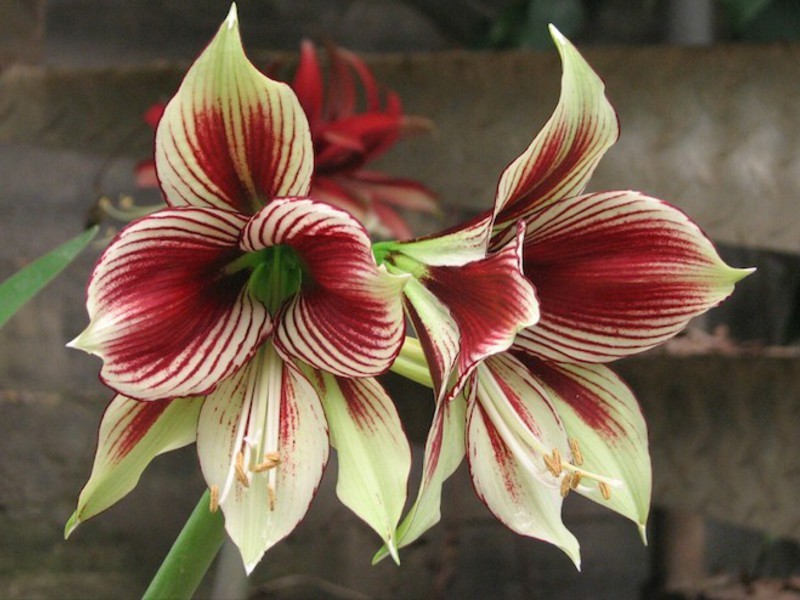
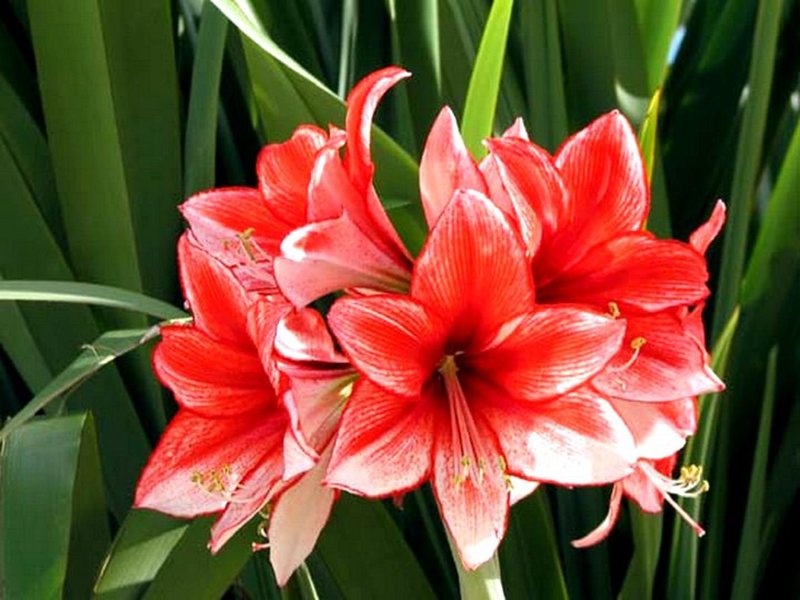
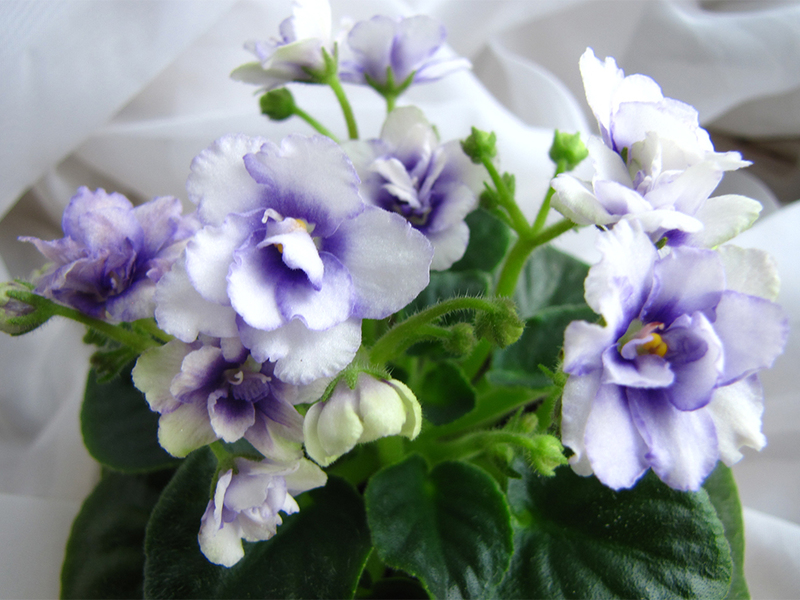
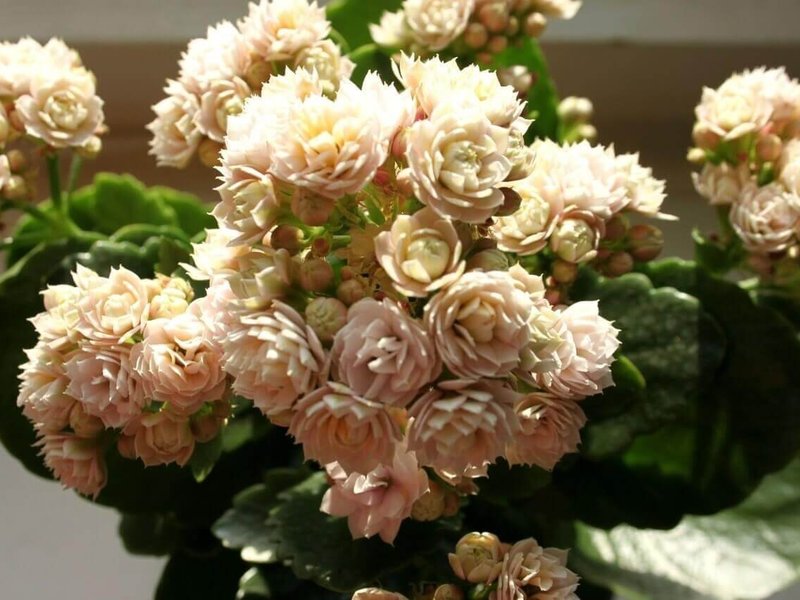
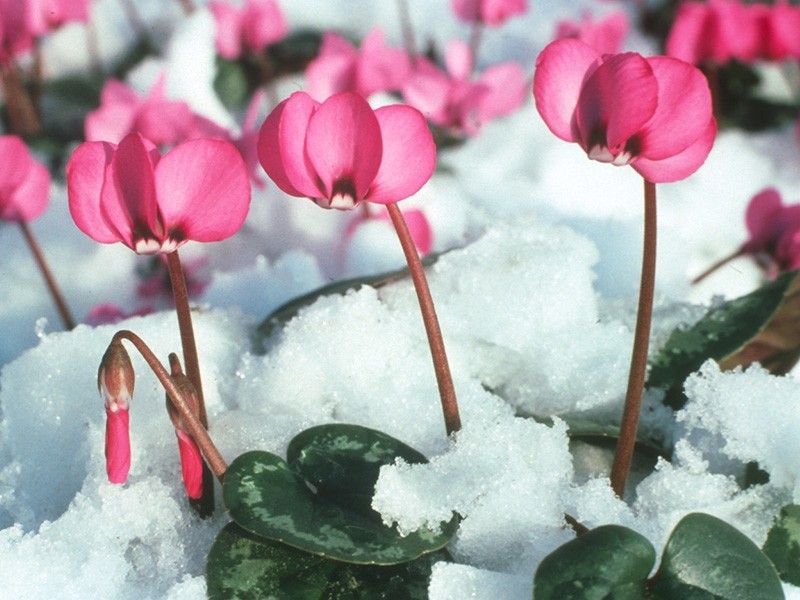
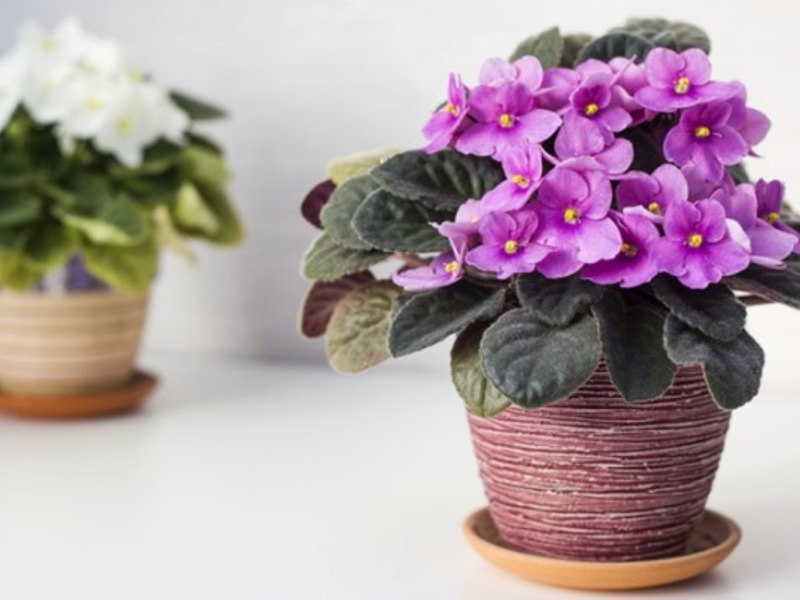
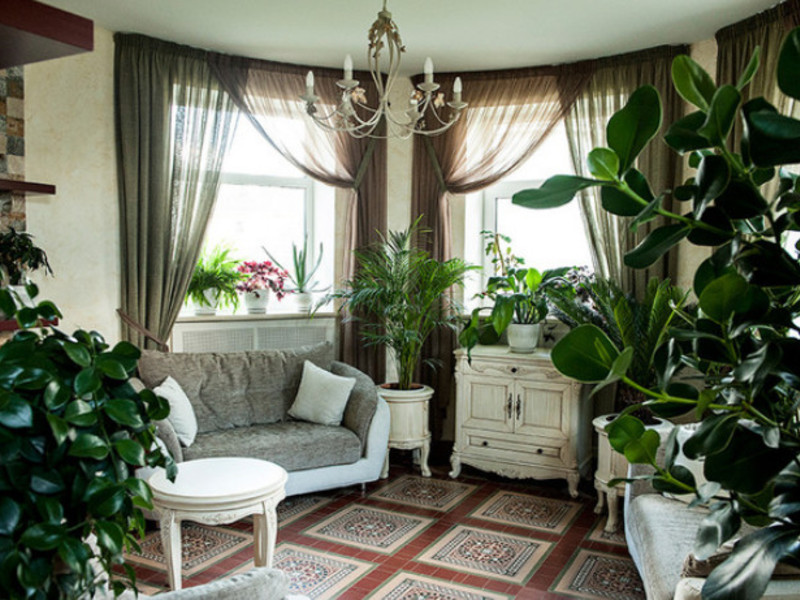
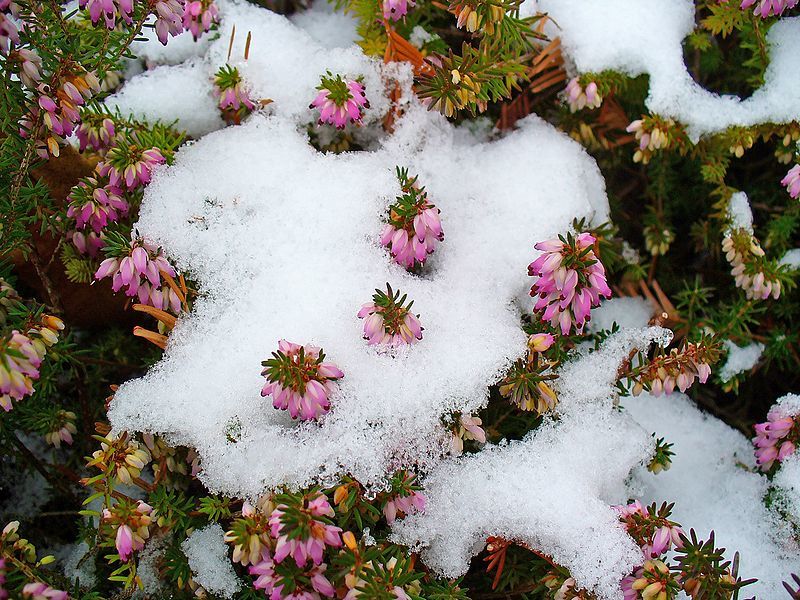

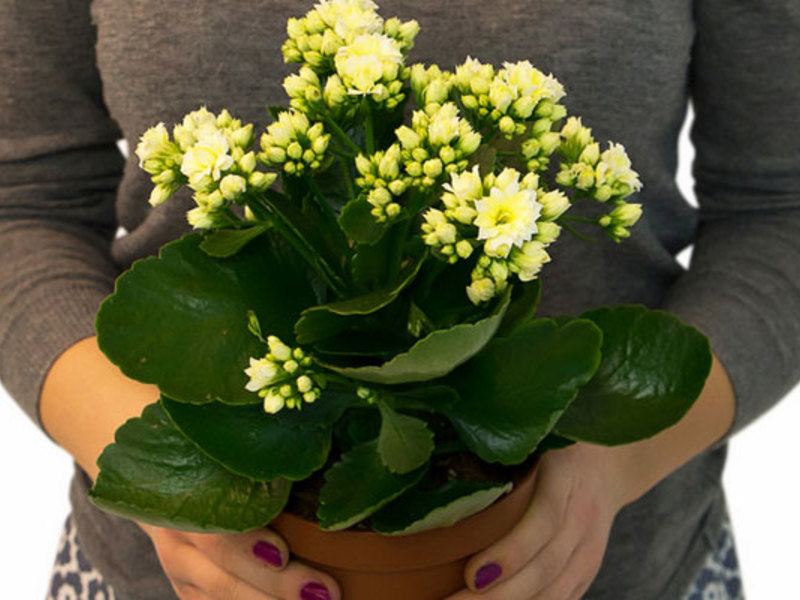
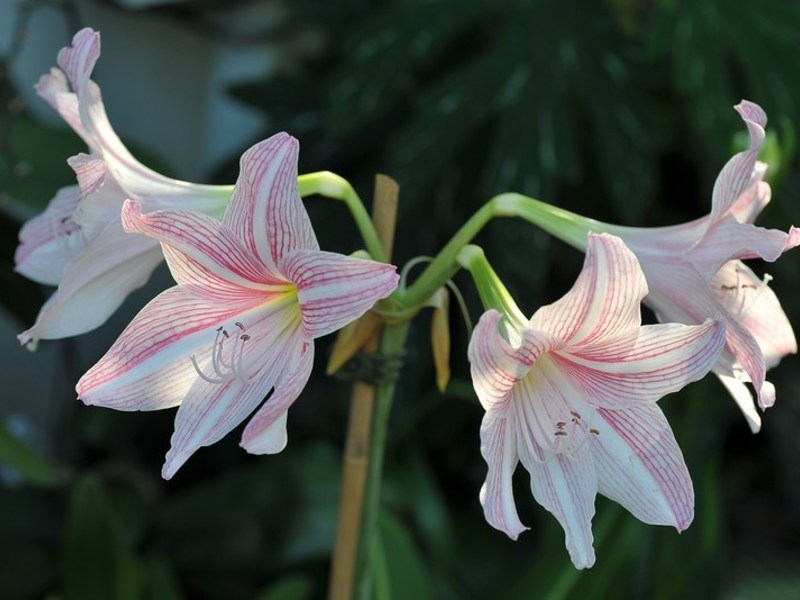
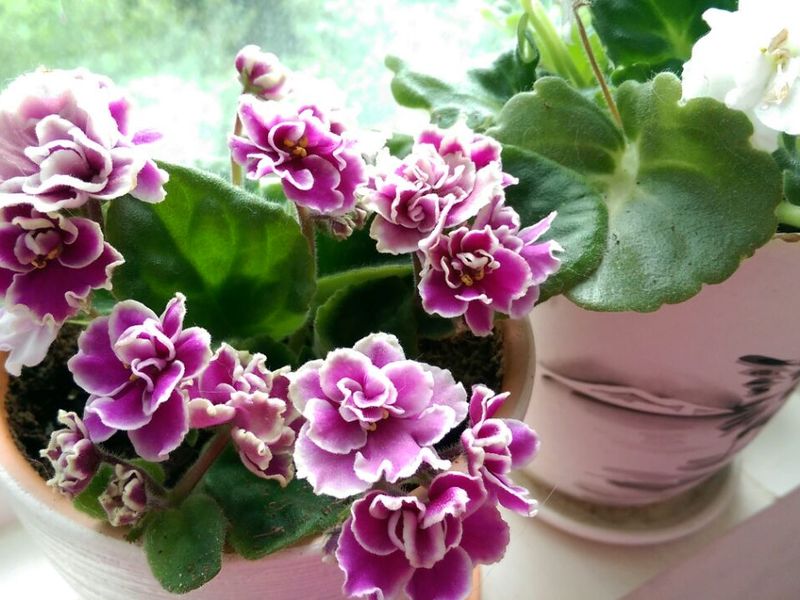
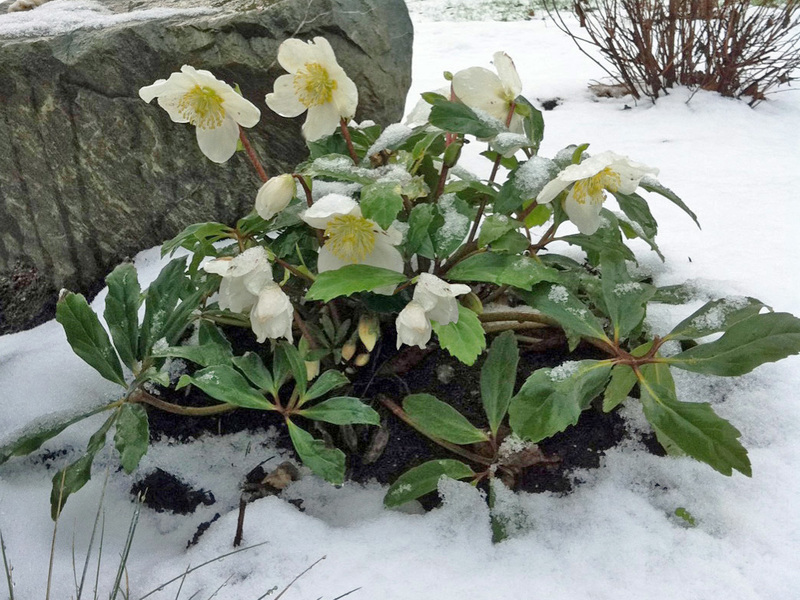
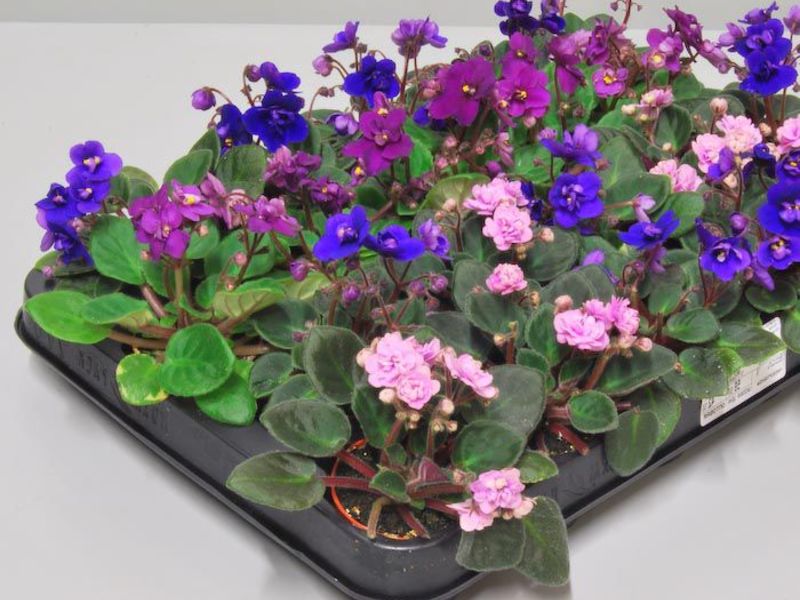
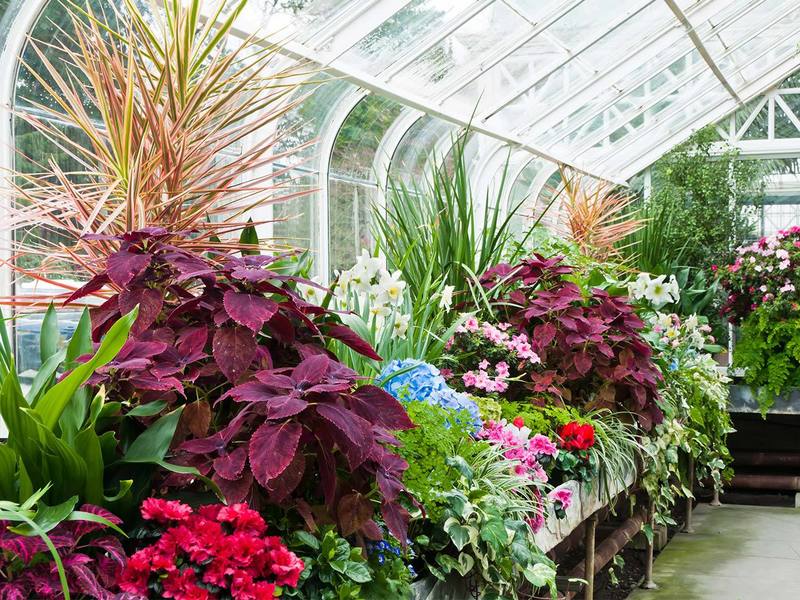
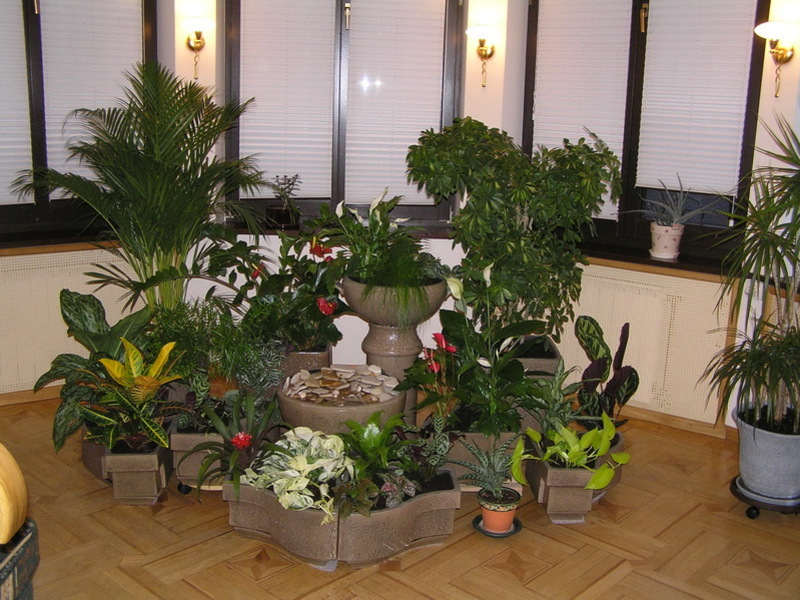
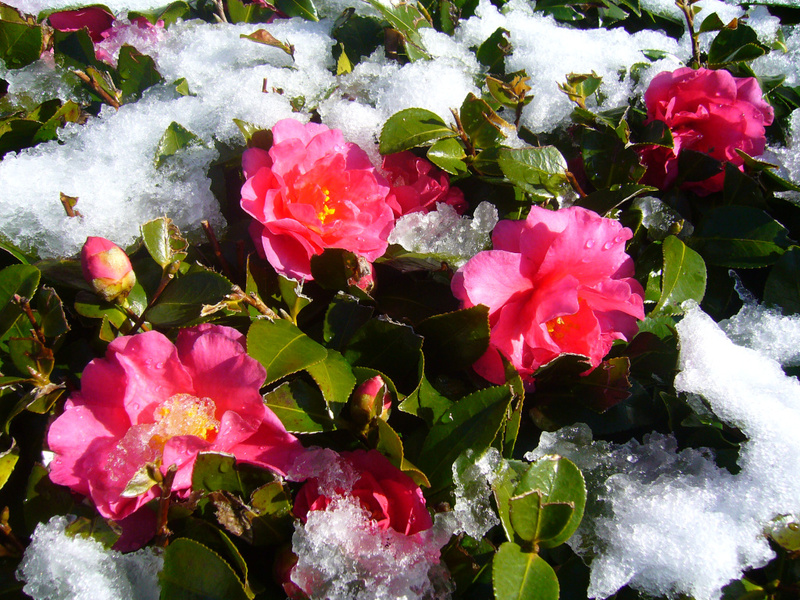
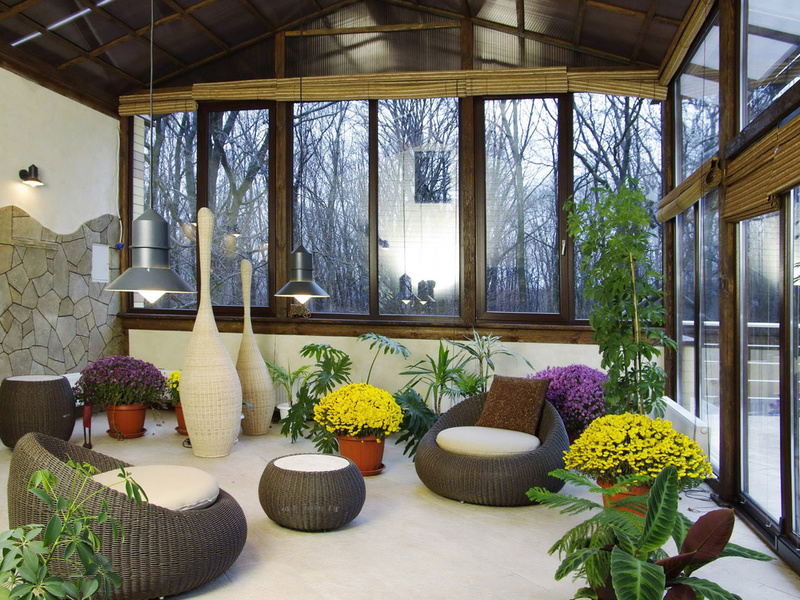




 Sow in the ground, without seedlings: 10 beautiful and unpretentious flowers
Sow in the ground, without seedlings: 10 beautiful and unpretentious flowers Platicodon planting and outdoor care
Platicodon planting and outdoor care Hosta - planting and care in the open ground in the Urals
Hosta - planting and care in the open ground in the Urals Oleander - care and growing at home
Oleander - care and growing at home